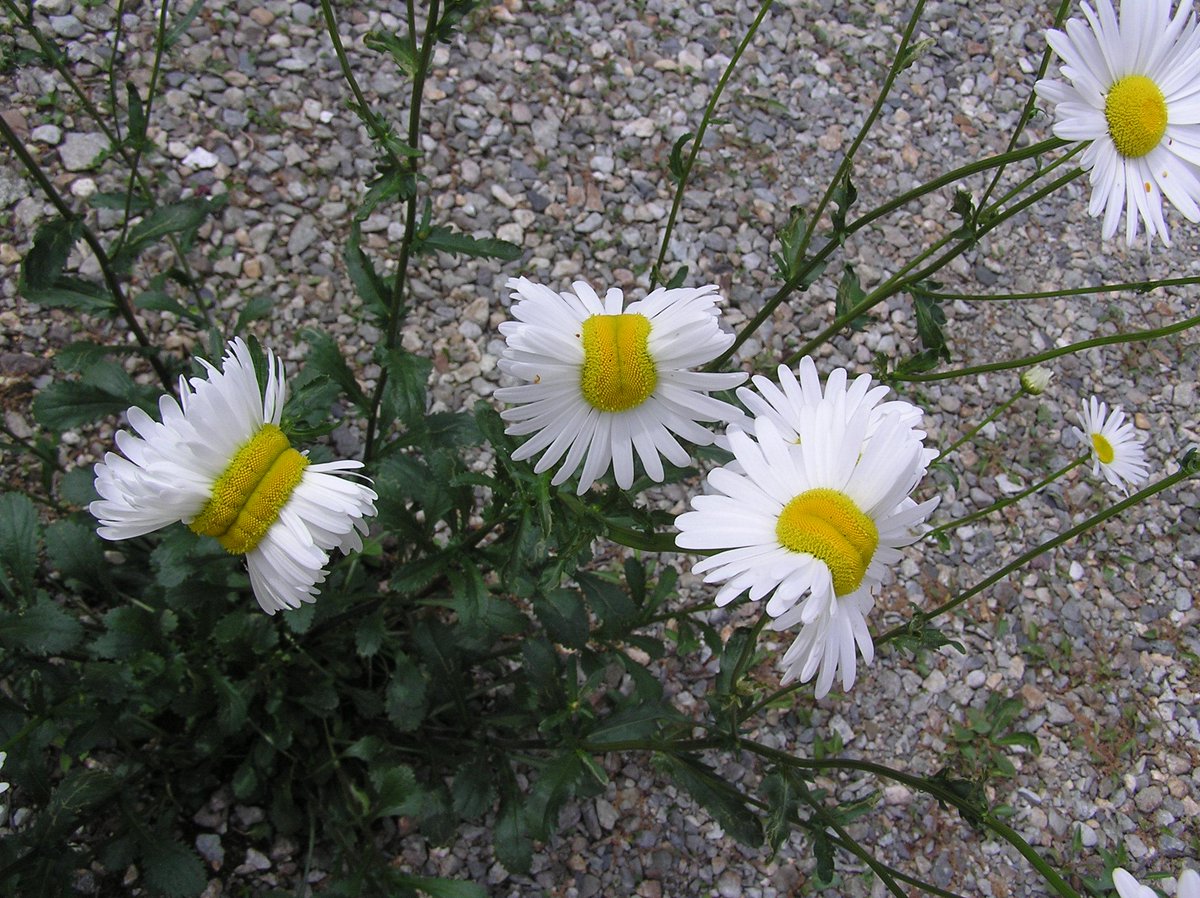http://www.huffingtonpost.com/entry...5b13010e4b0a9b94853fb7b?utm_hp_ref=weird-news

Thoughts?

A photo of deformed daisies reportedly found near Fukushima, Japan, has gone viral. But don't panic -- they almost definitely aren't radioactive mutants.
The picture was taken in May, 70 miles from Fukushima, where a 2011 earthquake and tsunami caused the worst nuclear disaster since Chernobyl. Four years on, anxiety remains high about leaked radioactive materials affecting the people, animals and plants living near the site.
So it's hardly surprising this image of mutated-looking daisies went viral and garnered many hysterical write-ups.
It looks bad. But Beth Krizek, a biologist at the University of South Carolina, told The Huffington Post that the deformity you see here is called fasciation. It's fairly normal and probably not caused by radiation.
“I don’t think people should freak out," Krizek said. "They’re not that unusual.”
She explained that fasciation happens when something affects the way plant cells replicate, leading to the over-proliferation of some cells. It can be caused by naturally occurring mutation, hormonal changes or environmental stresses.
You'd have to plant the seeds of those particular daisies and observe their offspring to see if their deformity was genetically related, Krizek said.
Here are some more examples of fasciation, tweeted by environmental policy expert Mike Shellenberger.
Krizek acknowledged there is a very small chance that radiation caused the daisies' weird appearance. But given that fasciation occurs in nature all the time and that radiation levels are low where the photo was taken, it seems unlikely.
What's more, Global News Canada cited a study showing that reducing radiation increases the likelihood of fasciation.
"It might have happened if the accident had never happened there,” Krizek said. "You would never know if it was radiation from the Fukushima disaster."
Thoughts?


